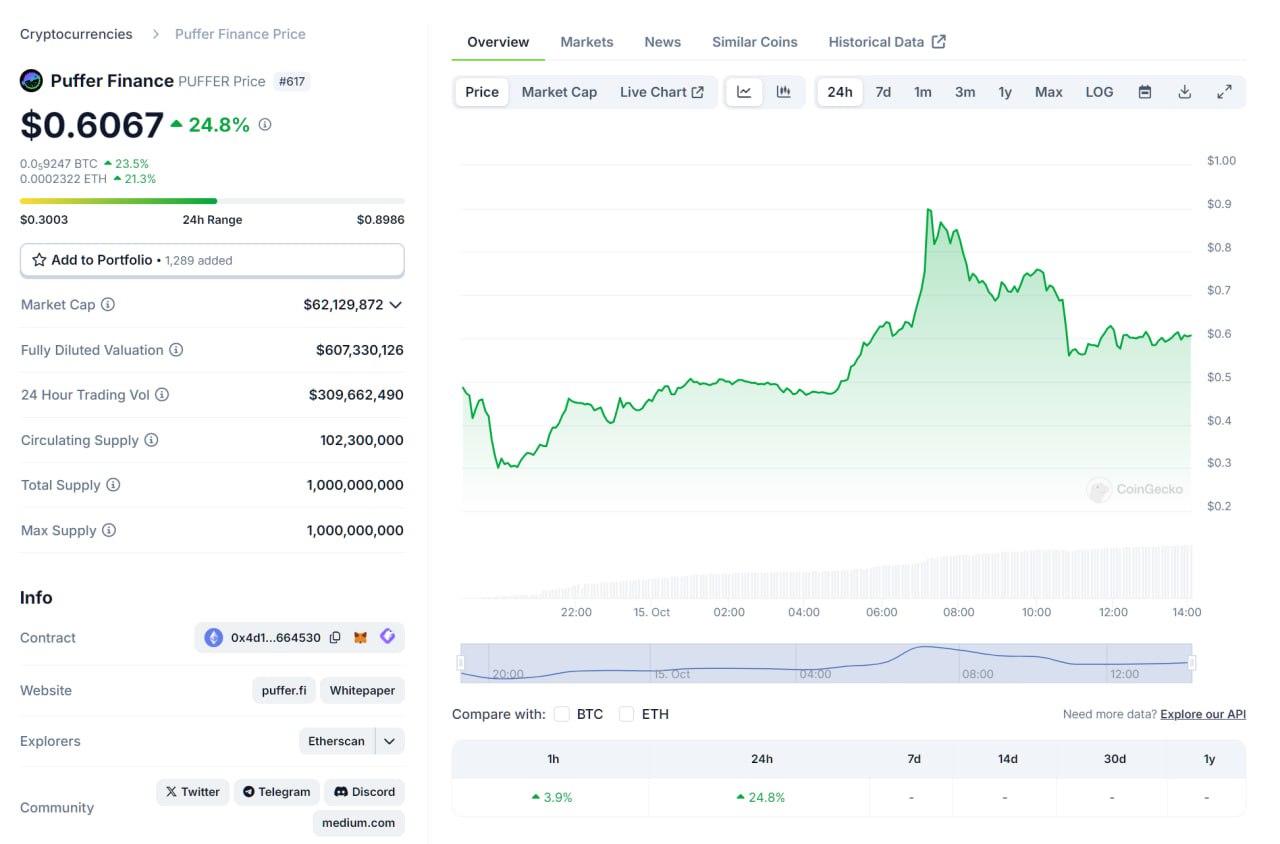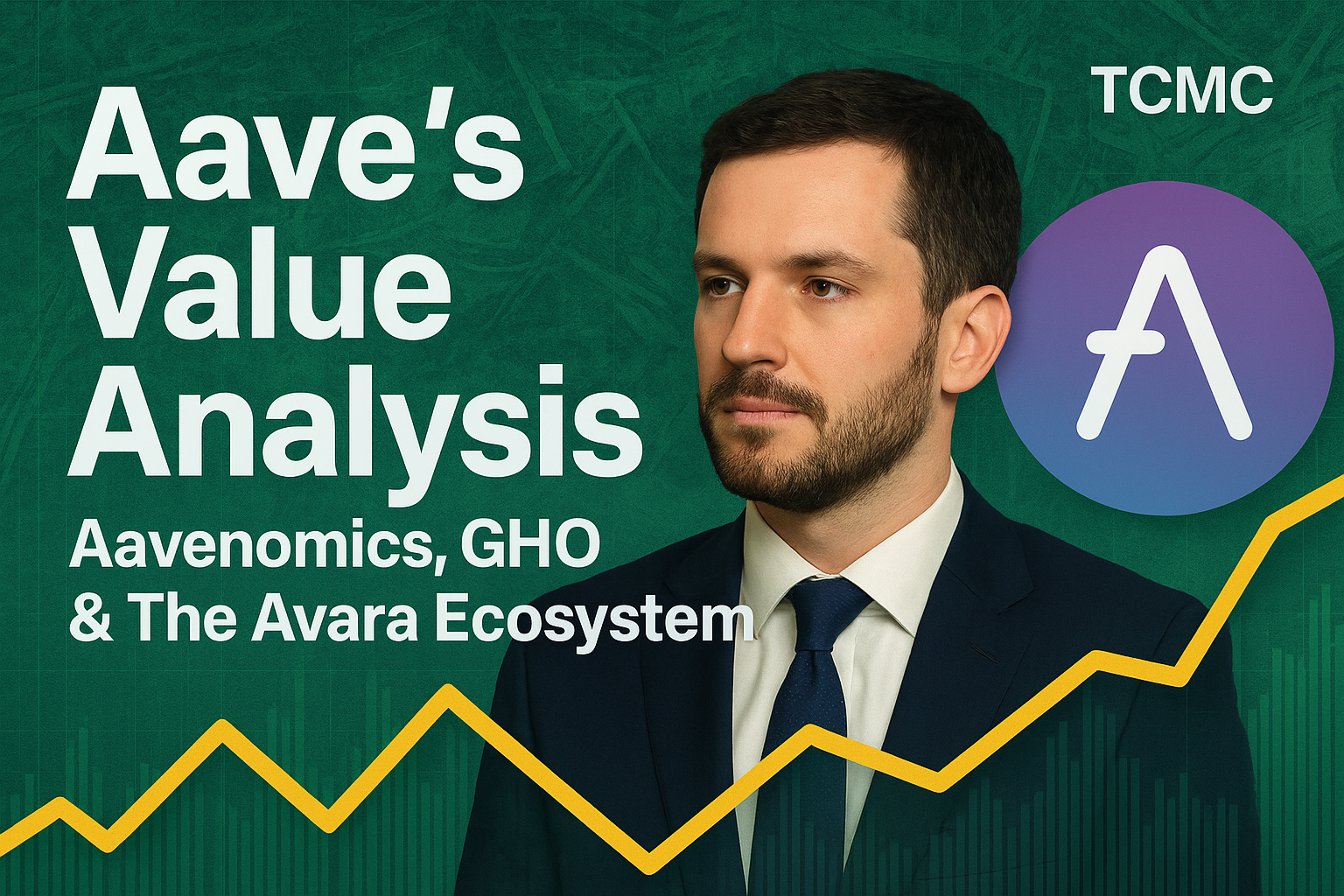Last night was a rough one for those who participated in the Puffer airdrop. This was perhaps the most disappointing restaking event of the year. Despite the promising smooth product rollout, tier-based allocation, and raised expectations, it ended up being quite a letdown. Compared to previous restaking projects like Eigen, Etherfi, or Renzo, where at least there was a chance to break even or profit, this time around, most participants ended up with losses.
For those who joined the restaking system early on, things might have been slightly better. However, anyone who staked recently is likely facing significant losses. And for those who bought points, consider that money gone.
Disappointing Returns for Stakers and Node Operators
To put things into perspective, staking 1 ETH for 8 months would have only netted participants around 115 $PUFFER. Selling it last night would have fetched around $45—excluding the gas fees for claiming the tokens.
But the worst hit group was likely those running nodes. With VPS costs, electricity bills, ETH purchases, and maintenance fees piling up, these participants faced compounded losses—an unfortunate double whammy for the restakers.
Comparing Puffer with Previous Restaking Airdrops
Compared to earlier projects like Eigen, Etherfi, or Renzo, the situation was better in those days. Node runners and stakers could still make a decent profit. However, with Puffer, both users and nodes feel like they are being farmed relentlessly, without significant rewards.
Right now, both projects and users are searching for new strategies. Projects want to develop new playbooks to attract users, offering more sustainable rewards to keep participants engaged. Meanwhile, users are still hunting for opportunities, hoping for the next “low investment, high reward” airdrop, but the current atmosphere has led to disillusionment.
Future Airdrops: Should We Continue or Cut Losses?
At this point, the best course of action might be to focus on established projects and avoid the minor, smaller tasks that don’t seem promising. There are still a few prominent campaigns like Zircuit, MagicEden, and Berachain coming up by the end of the year. But the question remains: will participants have the energy or enthusiasm to engage after this disappointment?
In conclusion, it seems the era of high-reward, low-effort airdrops is fading. Users and projects alike need to adjust their strategies to navigate this evolving landscape. Whether through smarter staking, better task management, or avoiding overhyped projects, the key to future success may lie in careful decision-making and a bit of patience.












